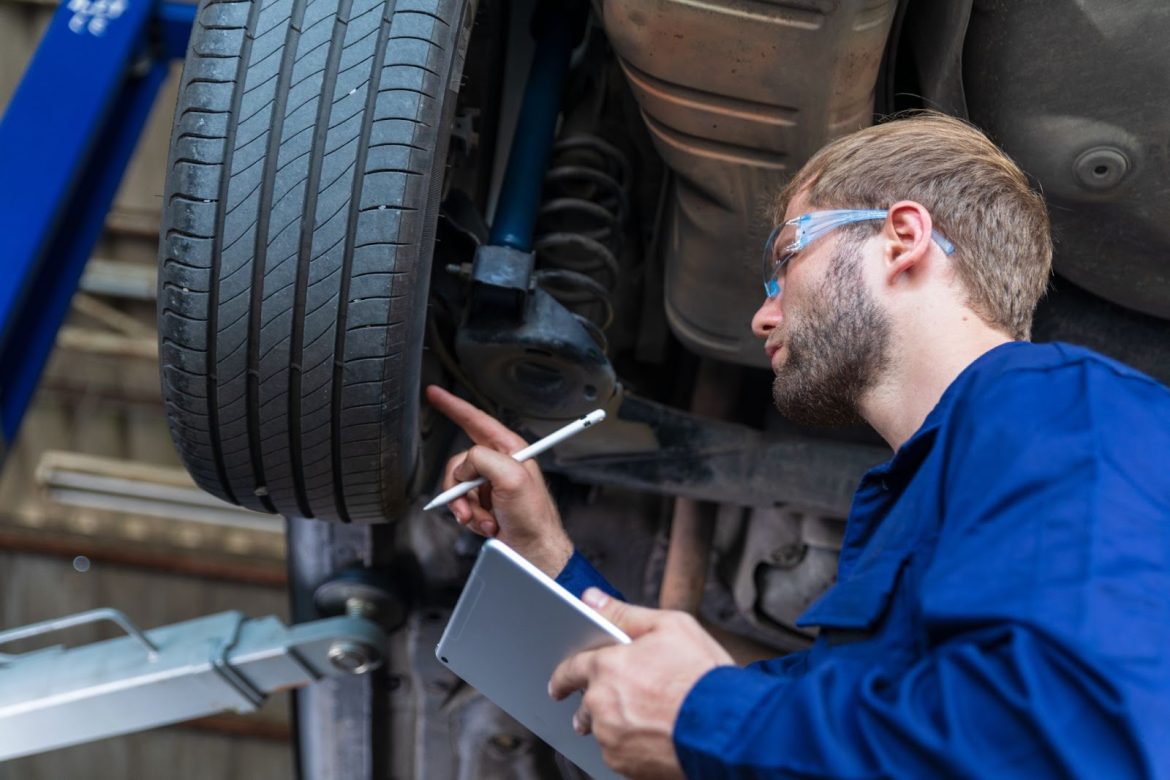In the ever-evolving world of automotive technology, advancements in tire installation have been gaining traction, transforming the way we get our vehicles rolling on the road. These cutting-edge developments not only enhance convenience and safety but also ensure optimal performance. Before installing new ones, you can compare tires online to choose the best option. And now, let’s delve into some of the latest innovations in tire fitting technologies that are reshaping the automotive industry.
Automated Mounting Systems: Streamlining the Installation Process
Efficiency and accuracy are paramount in tire fitting, and automated mounting systems are revolutionizing the industry. These intelligent systems utilize robotic arms equipped with advanced sensors and algorithms to precisely mount tires onto wheels. By minimizing human error and expediting the installation process, these systems improve productivity and reduce the time required for fitting.
Run-Flat Technology: Paving the Way for Safety and Convenience
Emerging as a breakthrough in tire technology, run-flat tires have gained significant popularity among motorists. These tires are designed to withstand a puncture and maintain their shape and stability even when deflated. With them, drivers can continue their journey safely for a limited distance, allowing them to reach a repair facility without the need to change the tire on the roadside. This technology provides peace of mind, especially in emergency situations, and eliminates the hassle of carrying a spare tire.
Intelligent TPMS
Maintaining the correct tire pressure is crucial for:
- safety,
- fuel efficiency,
- and longevity.
Intelligent tire pressure monitoring systems (TPMS) have emerged as a game-changer in this regard. These advanced sensors continuously monitor the tire pressure and send real-time alerts to the driver if there is a significant deviation from the recommended levels. By promptly notifying drivers about underinflated or overinflated tires, TPMS helps:
- prevent accidents,
- reduces wear,
- and optimizes fuel consumption.

3D Tire Scanning Technology: Precision Measurement for Optimal Performance
To ensure optimal performance, accurate measurement of tread depth and alignment is essential. 3D tire scanning technology has revolutionized this process by providing precise measurements in a matter of seconds.
With high-resolution cameras and advanced image processing algorithms, these scanners capture detailed 3D images of the surface, enabling technicians to assess the condition, tread depth, and alignment with unparalleled accuracy. This technology helps identify potential issues early on, allowing for timely maintenance and prolonging tire lifespan.
Non-Pneumatic Tires: Resilience Redefined
Non-pneumatic or airless tires are gaining momentum as a breakthrough innovation in the industry. Designed to withstand punctures and eliminate the risk of blowouts, these tires offer enhanced durability and resilience. Made from advanced composite materials or specialized internal structures, non-pneumatic tires provide a stable and comfortable ride, even in rough terrains. With their robust design, these tires are an excellent choice for off-road vehicles and heavy machinery, reducing maintenance costs and increasing operational efficiency.


